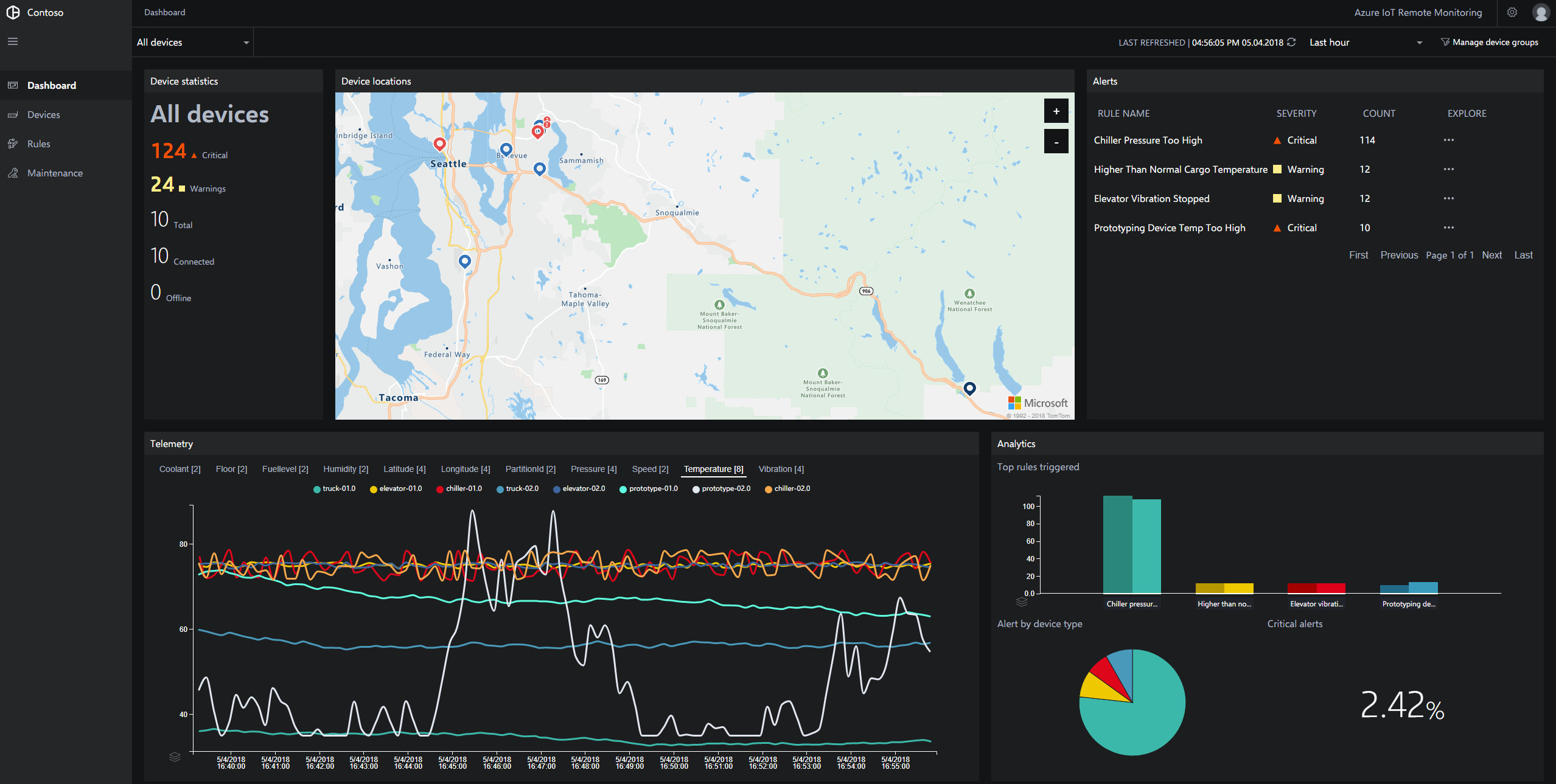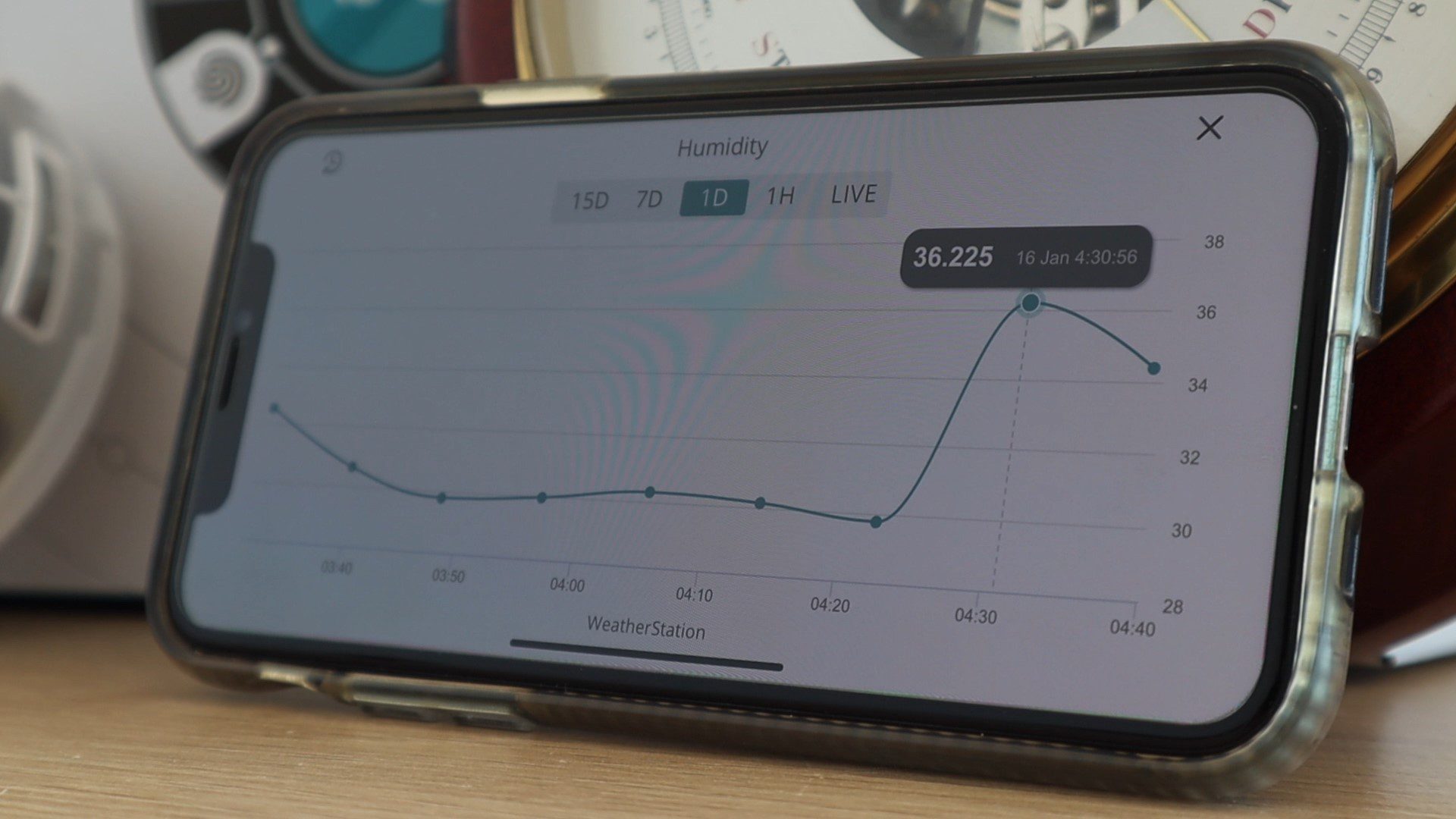Secure Remote IoT Monitoring On Mac With SSH: A Comprehensive Guide
Are you seeking a robust and secure method to manage your Internet of Things (IoT) devices from afar? Remote IoT monitoring via SSH on a Mac offers precisely that: a potent combination of security and control, perfect for both tech enthusiasts and professionals alike.
The digital landscape is rapidly evolving, and with it, the need for efficient and secure remote device management. IoT devices, from smart home appliances to industrial sensors, are generating vast amounts of data, and the ability to monitor and manage them remotely is no longer a luxury but a necessity. This guide provides a comprehensive overview of how to leverage Secure Shell (SSH) on your Mac to achieve this, providing both the foundational understanding and the advanced configurations needed for a seamless experience. Whether you are an IT professional, a hobbyist, or an entrepreneur, understanding and implementing SSH for IoT devices on a Mac can significantly enhance your operational efficiency. The benefits of this approach include increased security, greater control, and the ability to access your devices from virtually anywhere. The rise of smart devices and the internet has led to a surge in demand for remote monitoring solutions, and SSH provides a time-tested, reliable answer.
| Feature | Details |
|---|---|
| Topic | Remote IoT Monitoring using SSH on Mac |
| Concept | The surveillance and management of Internet of Things (IoT) devices from a distance using a secure network protocol. |
| Technology Used | Secure Shell (SSH) |
| Primary Benefit | Secure and reliable remote access and management of IoT devices. |
| Key Applications | Smart Home automation, Industrial IoT, Remote device troubleshooting, Data collection from sensors. |
| Key Advantages | Enhanced security, cost-effectiveness (due to free tools), ease of setup on macOS, compatibility with various IoT devices, reliable data transmission. |
| Best Practices | Regularly update SSH and IoT device software, use strong passwords or key-based authentication, implement firewalls, monitor logs for suspicious activity, use compression for faster data transfer. |
| Relevant Tools | macOS built-in SSH client (Terminal), third-party SSH clients (e.g., iTerm2), network monitoring tools. |
| Potential Drawbacks | Requires technical understanding, potential for security vulnerabilities if not configured correctly, network dependency. |
| Reference Website | Wikipedia - Secure Shell |
Remote IoT monitoring, at its core, is the process of keeping tabs on your IoT devices from a remote location. This involves not only viewing the status of your devices but also managing them updating firmware, configuring settings, and troubleshooting issues. Traditionally, this might have required physical access or complex network setups. However, with SSH, the process becomes significantly streamlined. SSH, or Secure Shell, is a network protocol designed to provide a secure, encrypted communication channel between devices. It ensures that all data transmitted between your Mac and your IoT devices is protected from eavesdropping and tampering.
- Explore Alice Rosenblum On Onlyfans Photos Videos More
- Alice Rosenblum Leaks The Latest News Updates You Need To Know
For Mac users, leveraging SSH for remote IoT monitoring is a practical choice, primarily due to its seamless integration with macOS. The built-in Terminal application provides a readily available SSH client, eliminating the need for additional software downloads in many cases. This streamlined approach, combined with the open-source nature of SSH tools, keeps costs down. This is also crucial since you dont want to pay for something that is readily available.
The advantages of remote IoT monitoring are multifold. They include:
- Proactive Device Management: Monitor device health and performance, enabling early detection and resolution of issues.
- Enhanced Security: Secure remote access ensures that only authorized individuals can access and manage IoT devices.
- Cost Savings: Reduce the need for on-site visits, saving time and resources.
- Increased Efficiency: Quickly diagnose and resolve problems from any location with an internet connection.
- Data Collection and Analysis: Retrieve and analyze data from IoT devices for valuable insights.
- Automated Firmware Updates: Schedule and deploy firmware updates remotely.
Remote IoT monitoring, via SSH is a game-changer for remote access. The ability to securely access and control your devices from anywhere is transformative. Whether you are managing a small home automation setup or a large-scale industrial network, the benefits are undeniable. Your IoT devices are waiting for you to unlock their full potential with the power of secure, remote access.
- Ellen Pompeos Siblings Meet Her Family Beyond Greys Anatomy
- Ilan Tobianah Age Height More Get The Facts
Setting up SSH on your Mac is a relatively straightforward process, especially since the necessary tools are typically pre-installed. For older versions of macOS, you might need to update or install SSH manually, but for most modern systems, it's ready to go. Before we dive into the specifics, it's essential to understand why SSH is the preferred protocol for secure remote access, as highlighted earlier. SSH provides an encrypted tunnel that protects your data from eavesdropping and unauthorized access.
Here's a basic checklist for setting up SSH on your Mac:
- Enable Remote Login: Open System Preferences (or System Settings on newer macOS versions) > Sharing and check the "Remote Login" box. This allows you to connect to your Mac from other devices.
- Configure SSH Settings: Click on "Remote Login" again and then "Allow access for:" to select who can connect via SSH. You can allow all users, specific users, or groups. Consider using key-based authentication for enhanced security.
- Determine Your Mac's IP Address: You'll need this to connect to your Mac from another device. You can find this in System Preferences/Settings > Network.
- Connect Using Terminal: On the device from which you'll be connecting (e.g., another Mac or a Linux machine), open Terminal and use the command:
ssh username@your_mac_ip_address, replacing "username" with your Mac's username and "your_mac_ip_address" with your Mac's IP address. You may be prompted for your password.
To set up SSH on a Raspberry Pi, you will need to:
- Ensure SSH is Enabled: SSH is often enabled by default on Raspberry Pi OS, but if not, you can enable it through the Raspberry Pi Configuration tool (
sudo raspi-config) under Interface Options. - Find the Raspberry Pi's IP Address: You can find this through your router's settings or by using the command
ifconfigin the Raspberry Pi's terminal. - Connect from Your Mac: Use the Terminal on your Mac with the command:
ssh pi@your_raspberry_pi_ip_address, using "pi" as the default username and your Raspberry Pi's IP address.
When connecting to the Raspberry Pi, security is of utmost importance. Avoid using the default password for the "pi" user and immediately change it upon setup. Always keep the OS and installed software up to date to ensure security patches are implemented. Configure a firewall and restrict SSH access to specific IP addresses. You can also look into setting up key-based authentication to remove the reliance on passwords entirely. Key-based authentication is a much safer way to login.
The tools needed for remote IoT monitoring primarily include the SSH client (built into macOS), but you may also want to consider third-party tools like iTerm2 for a more feature-rich terminal experience. Network monitoring tools can also be helpful for tracking connection quality and diagnosing issues. As the saying goes, its best to be prepared and equipped with the best tools. When you have the tools that make the job easier and faster, you will enjoy your work more.
To make the most of SSH for remote IoT platform management, follow these best practices:
- Keep SSH and IoT Device Software Updated: Regularly update your SSH client and all IoT device software to patch security vulnerabilities.
- Use Strong Passwords or Key-Based Authentication: Implement strong passwords or, preferably, use SSH keys for authentication to enhance security.
- Implement Firewalls: Configure firewalls on both your Mac and IoT devices to restrict access to authorized users.
- Monitor Logs: Regularly review SSH logs for suspicious activity, such as failed login attempts or unusual network traffic.
- Use Compression: Enable compression to speed up data transfer, especially over slower connections, using the
-Cflag with the ssh command. - Restrict Access: Limit SSH access to only the necessary users and devices. Use port forwarding to secure communication.
Slow SSH connections can be caused by network congestion or outdated software. Ensure that both your Mac and IoT devices are running the latest versions of SSH and consider using compression to speed up data transfer, as mentioned above. You can also troubleshoot by checking the network connection between your Mac and the IoT device and ensuring there aren't any firewalls blocking the connection.
There are various cloud-based IoT device management and remote access platforms such as SocketXP. They allow you to remotely manage, access, and monitor your IoT devices, Raspberry Pi fleets, or any Linux machines behind NAT routers and firewalls.
To summarize, remote IoT monitoring using SSH on a Mac is a practical, secure, and cost-effective solution for managing connected devices. By following the guidelines in this article, you can set up a robust system that meets your specific needs, whether you're a seasoned IT professional or a curious hobbyist. The world of IoT is rapidly expanding, and the ability to securely and efficiently manage your devices from anywhere is more critical than ever. Now that you know the basics, you can unlock the full potential of your devices.



Detail Author:
- Name : Theron Gutkowski
- Username : glennie23
- Email : legros.demarco@yahoo.com
- Birthdate : 1986-05-13
- Address : 9105 Denesik Neck West Aileenport, NE 95141
- Phone : (267) 489-6652
- Company : Lindgren-Keebler
- Job : Municipal Clerk
- Bio : Laborum labore quia dolorum enim et voluptate. Ut natus et nihil impedit. Asperiores aperiam ut ut non.
Socials
twitter:
- url : https://twitter.com/maegan.nikolaus
- username : maegan.nikolaus
- bio : Molestias qui atque nihil ab. Illum veritatis a aut et nihil rerum inventore. Quod voluptate impedit sed.
- followers : 1558
- following : 2159
instagram:
- url : https://instagram.com/mnikolaus
- username : mnikolaus
- bio : Assumenda doloremque eum sit. At eum sunt libero aut. Non rerum a animi ea.
- followers : 6070
- following : 2435
linkedin:
- url : https://linkedin.com/in/maegannikolaus
- username : maegannikolaus
- bio : Laborum et ipsam minima labore qui.
- followers : 6106
- following : 2444
facebook:
- url : https://facebook.com/maegan_nikolaus
- username : maegan_nikolaus
- bio : Temporibus est distinctio eos et ut aspernatur.
- followers : 5006
- following : 1655
tiktok:
- url : https://tiktok.com/@maegan_nikolaus
- username : maegan_nikolaus
- bio : Maiores culpa est quibusdam voluptatibus maxime.
- followers : 1390
- following : 2619